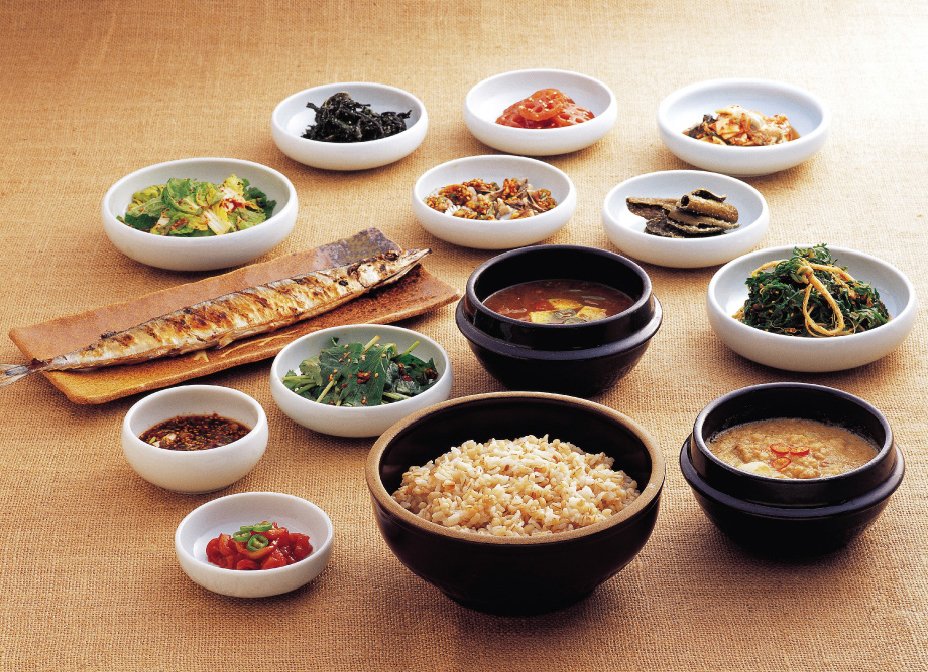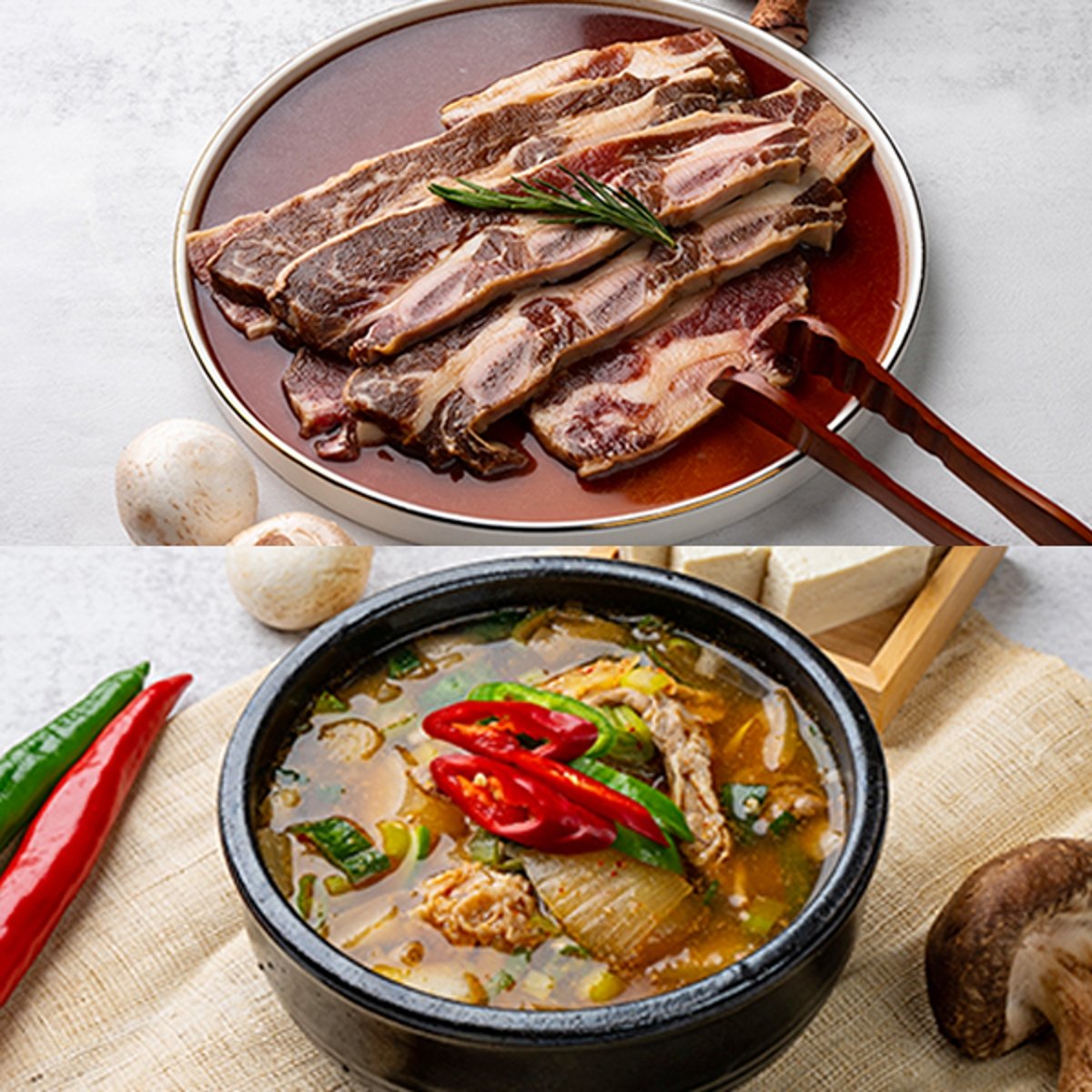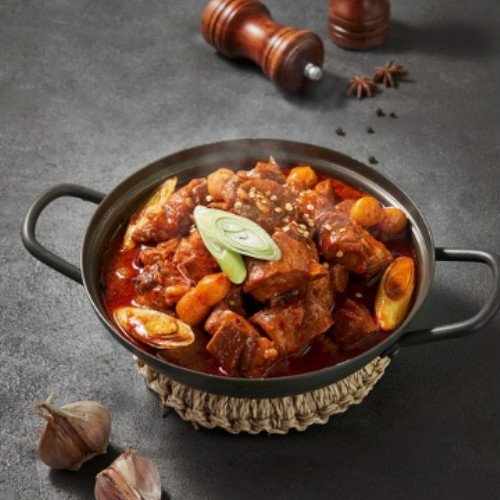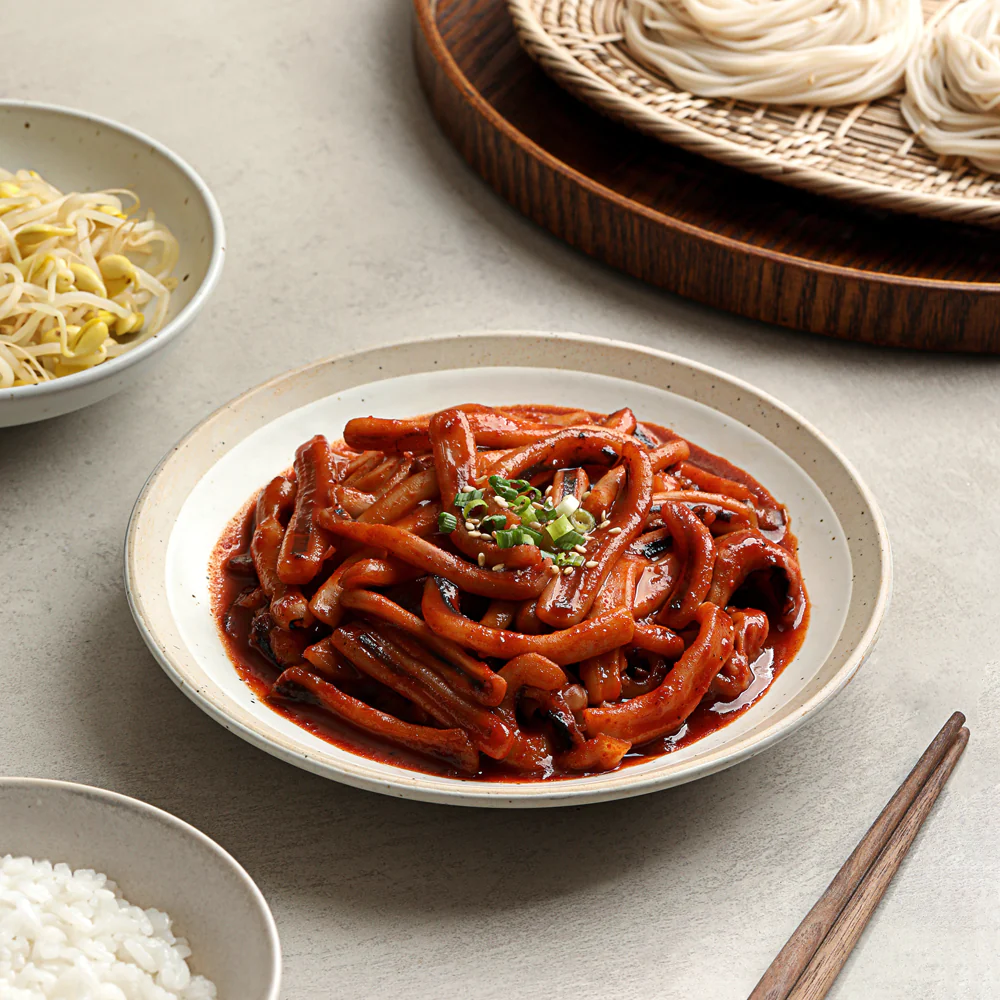함지 밥상 Hahmji Bapsang
밥상
The key subject of "밥상" in Korean culture refers to the traditional practice of having a meal together with family or loved ones. It is a fundamental aspect of Korean society and holds great significance in Korean culture.
밥상, pronounced "bapsang," literally translates to "rice table" in English. However, it encompasses not only the table with rice but also includes a variety of dishes, both main and side dishes, to create a well-balanced and satisfying meal.
The concept of 밥상 extends beyond just the act of eating. It represents the values of unity, harmony, and gratitude within the family. 밥상 acts as a symbol of togetherness, where family members come together to share their day and strengthen their bonds.
One of the main components of 밥상 is rice. Rice holds a special place in Korean cuisine, as it is considered the foundation of a meal. It is often steamed and served in a separate bowl, acting as a staple food that accompanies the other dishes.
In addition to rice, a typical 밥상 includes various banchan, which are side dishes. Banchan are an integral part of Korean cuisine and are served in small portions alongside rice to add variety and flavors to the meal. These side dishes can vary greatly and can include kimchi (fermented cabbage), namul (seasoned vegetables), jeon (pan-fried dishes), jjigae (stews), and much more. The wide variety of banchan reflects the diversity and richness of Korean cuisine.
The preparation of a 밥상 meal often involves careful consideration of balance and aesthetics. Korean cuisine emphasizes the use of colors, textures, and flavors to create a visually appealing and delicious meal. The inclusion of different ingredients, such as vegetables, meat, seafood, and tofu, ensures a diverse range of flavors and nutritional benefits.
Beyond the culinary aspects, 밥상 also carries cultural traditions and customs. It is common for Koreans to follow certain etiquette and practices while sharing a meal at 밥상. This includes using both hands when receiving or passing dishes, showing respect to the elders by allowing them to start eating first, and expressing gratitude to the person who prepared the meal.
밥상 holds a special place in Korean society as a time for bonding, sharing, and enjoying each other's company. It not only provides nourishment for the body but also serves as a means to connect and strengthen familial relationships. Through the practice of 밥상, Koreans maintain a sense of tradition, connection, and appreciation for their cultural heritage.
In summary, 밥상 is a key subject in Korean culture that encompasses the practice of sharing a meal with family or loved ones. It represents unity, harmony, and gratitude while emphasizing the importance of balance, diversity, and cultural traditions within Korean cuisine.







